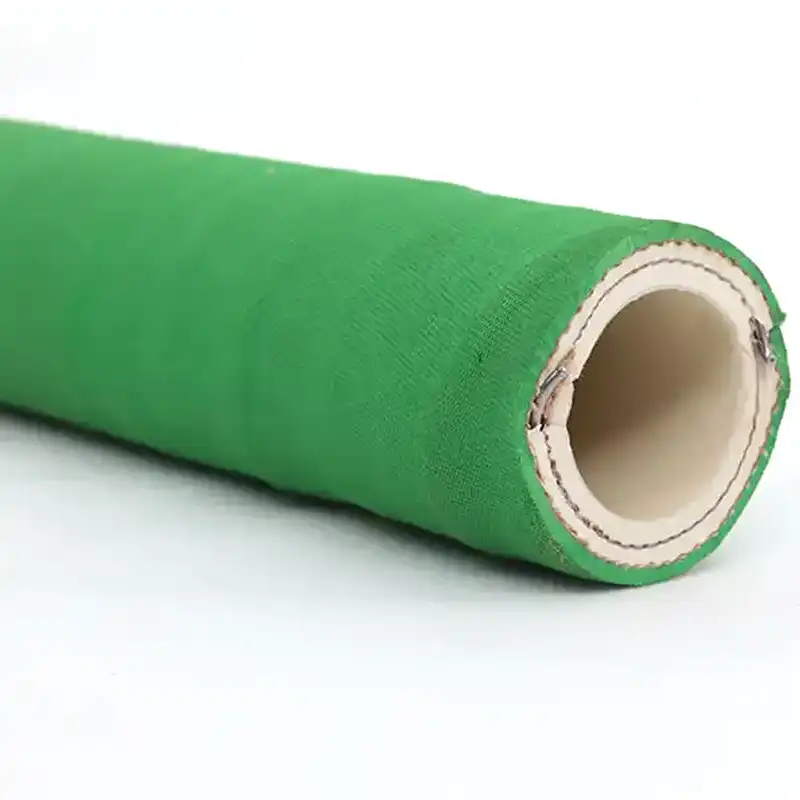
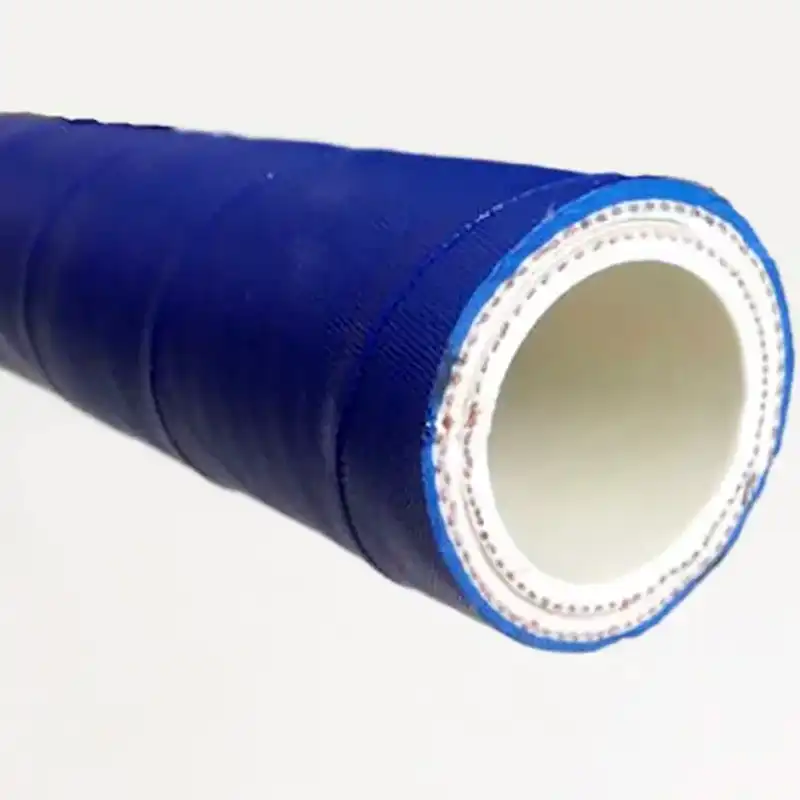
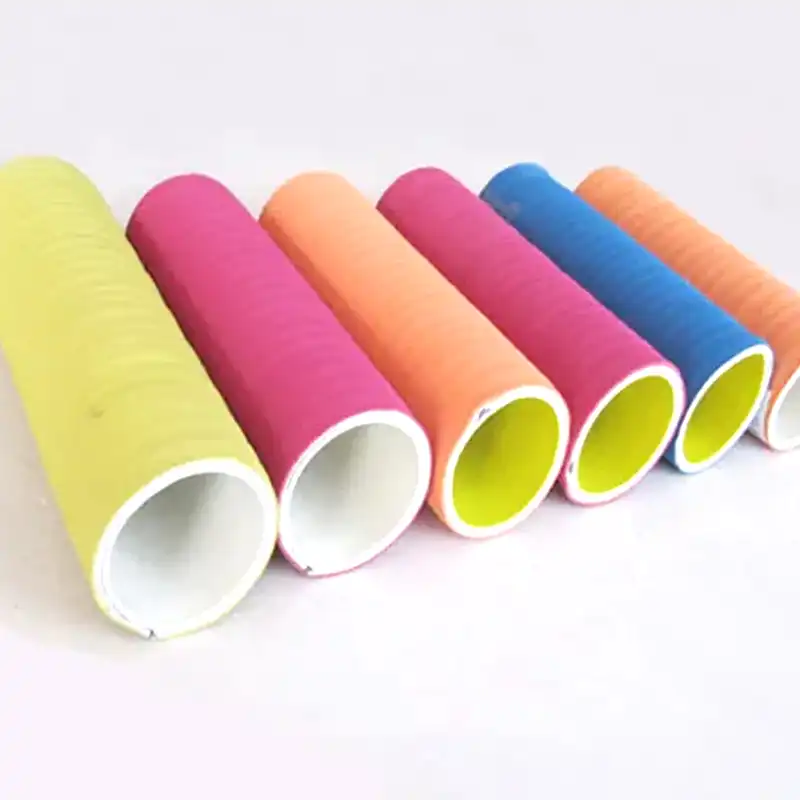
A chemical hose with different colors refers to a hose designed for transferring chemicals that comes in various color options. The purpose of using different colors is to help differentiate between hoses carrying different types of chemicals or to indicate specific properties or characteristics.
Color coding can serve as a visual identification system to enhance safety and prevent accidents. By assigning different colors to hoses used for different chemicals, workers can easily identify and handle the correct hose for a particular task. This reduces the risk of cross-contamination or the accidental mixing of incompatible chemicals.
A chemical-resistant hose is a type of flexible tubing or pipe designed to withstand exposure to various chemicals without degradation or damage. It is commonly used in industrial settings where the transfer of chemicals, acids, solvents, or other corrosive substances is necessary.

Are you tired of struggling with leaky hoses and unreliable fluid handling solutions? Introducing our Chemical Suction Rubber Hose, the ultimate solution for all your industrial fluid handling needs. With its exceptional versatility, this hose is designed to tackle a wide range of chemical substances, ensuring efficient and secure transfer.

A chemical resistant hose is a specialized type of hose designed to withstand exposure to various chemicals without deteriorating or losing its structural integrity. These hoses are commonly used in industrial settings, laboratories, and other applications where the handling of chemicals is involved.

Chemical spray hoses come in various lengths and diameters to accommodate different applications. They are usually flexible and lightweight, allowing for easy maneuverability during spraying operations. The hoses are equipped with fittings or connectors on both ends to connect to the spray equipment and the nozzle or wand.

Chemical transfer hoses are specialized hoses designed to safely transport various types of chemicals from one location to another. They are commonly used in industries such as manufacturing, chemical processing, pharmaceuticals, and agriculture, where the transfer of chemicals is a crucial part of the production or operational processes.

A flexible chemical hose is a type of hose designed to safely transport various chemicals and corrosive substances. It is specifically engineered to handle the unique demands of chemical transfer applications, where conventional hoses may fail due to chemical compatibility issues or lack of flexibility.
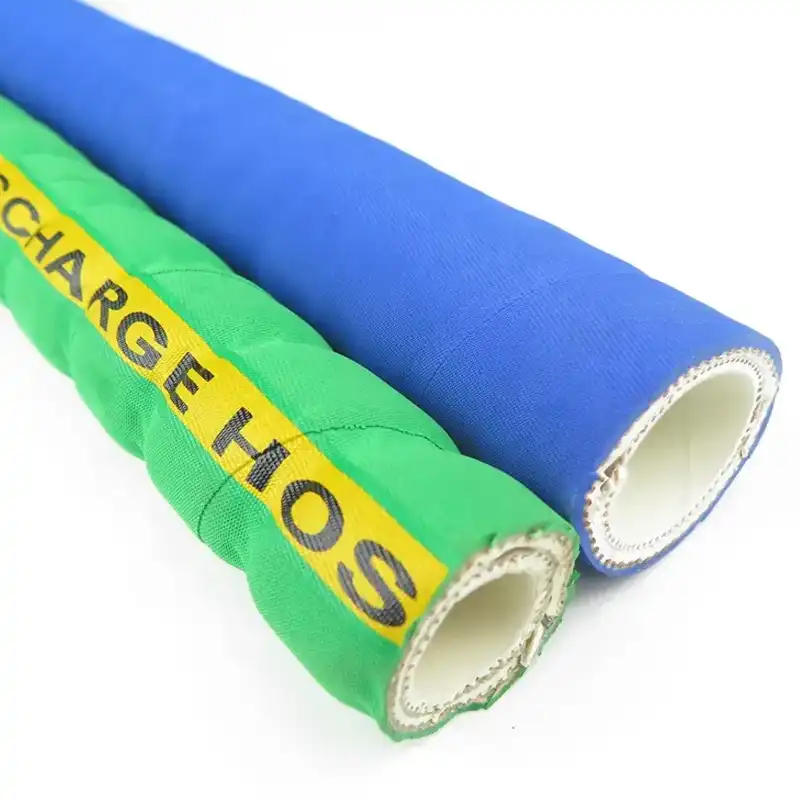
Chemical resistant flexible hoses are available in different sizes, lengths, and configurations to accommodate specific needs. They may include features such as smooth bore for improved flow, convoluted design for increased flexibility, or wire helix reinforcement for added strength.
Chemical hoses find applications in various industries and sectors where the safe transfer of chemicals, acids, and solvents is necessary. Here are some common applications of chemical hoses:
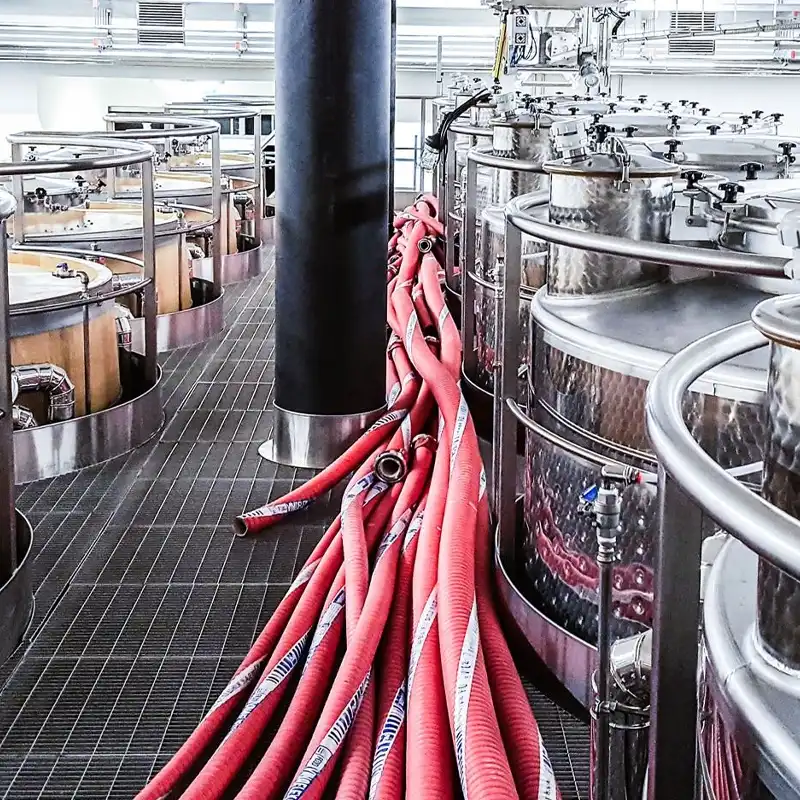
Chemical hoses are extensively used in chemical manufacturing plants to transfer raw materials, intermediate chemicals, and finished products. They facilitate the safe transportation of acids, bases, solvents, corrosive chemicals, and other specialized substances used in chemical processes.
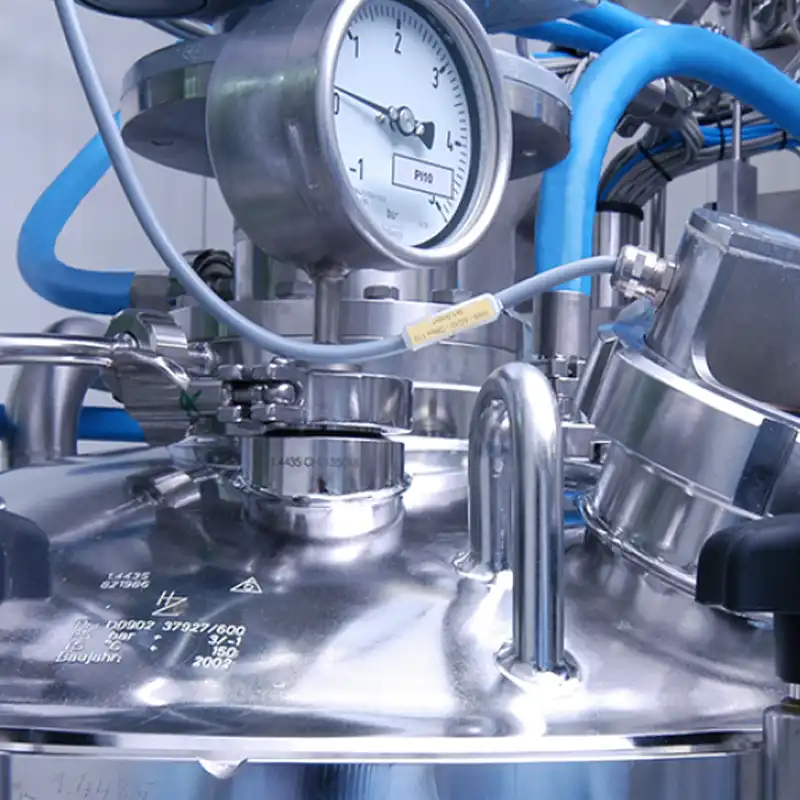
In the pharmaceutical sector, chemical hoses are used to transfer chemical solutions, solvents, and other ingredients during the manufacturing of pharmaceutical products. These hoses must meet stringent quality standards and be resistant to a wide range of chemicals used in the production of medications.
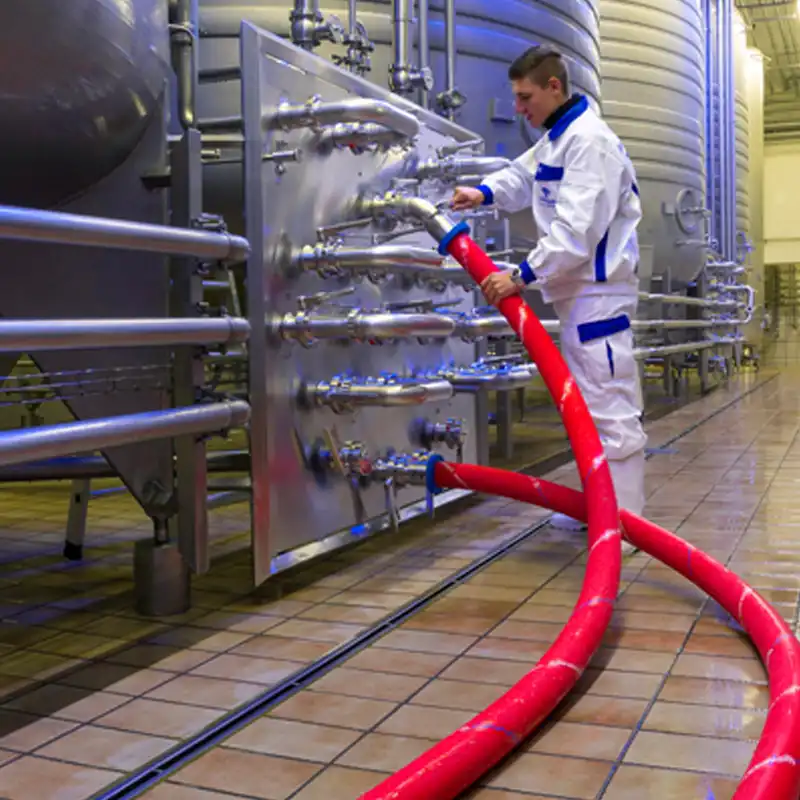
Chemical hoses that are compliant with food-grade standards are employed in the food and beverage industry. They are utilized for transferring liquids, such as juices, oils, dairy products, and food-grade chemicals, while ensuring the safety and integrity of the transported substances.
A chemical hose is a flexible tube designed specifically for the safe transfer of various chemicals, acids, and solvents from one location to another. It is constructed with materials that are resistant to the specific chemicals being transported to ensure the integrity of the hose and prevent leaks or chemical reactions.
Chemical hoses are typically made of synthetic rubber compounds, such as EPDM (ethylene propylene diene monomer), UHMW (ultra-high molecular weight) polyethylene, PTFE (polytetrafluoroethylene), or PVC (polyvinyl chloride). These materials offer excellent resistance to a wide range of chemicals and maintain flexibility even in harsh conditions.
When selecting a chemical hose, consider the following factors:
Yes, chemical hoses can be color-coded to help differentiate between hoses used for different chemicals or applications. Color coding enhances safety by reducing the risk of cross-contamination or accidental mixing of incompatible chemicals. Common color codes include red for flammable chemicals, blue for water-based liquids, green for agricultural chemicals, and yellow for corrosive substances.
Chemical hoses should be stored in a cool, dry place away from direct sunlight and extreme temperatures. They should be kept away from sharp objects, chemicals, or substances that could cause damage or degradation. Regular inspections should be conducted to check for signs of wear, leaks, or damage, and any worn-out hoses should be replaced promptly to maintain safety.
Chemical hoses are specifically designed for handling chemicals, acids, and solvents. While they may have similar characteristics to other types of hoses, it is important to use them only for their intended purpose. Using a chemical hose for other applications may compromise its integrity and pose safety risks.
We are leading hydraulic hose manufacturer from China, and please feel free to contact us at any time if you are looking for hydraulic hoses, hydraulic hose fittings, industrial hoses, and other hose related products. Welcome to get in touch with us any time to get more hose solutions for your projects.
If you are looking for a professional hydraulic hose & industrial hose manufacturer, Kingdaflex will be your best choice. We provide better hydraulic hose wholesale and the best solution to help your hydraulic projects. Welcome to contact us at any time.